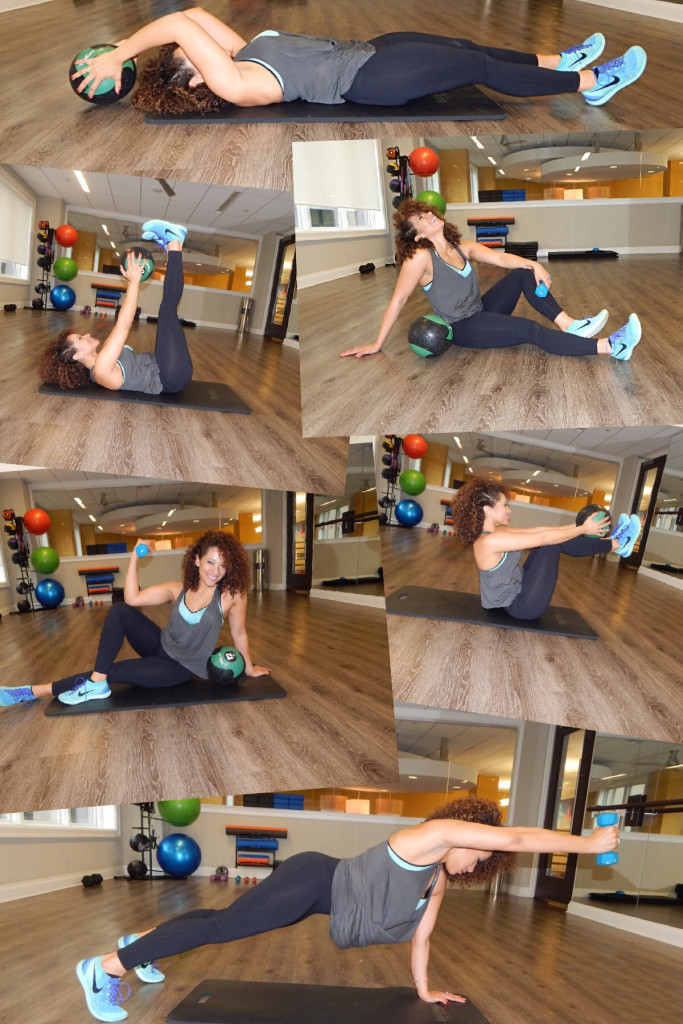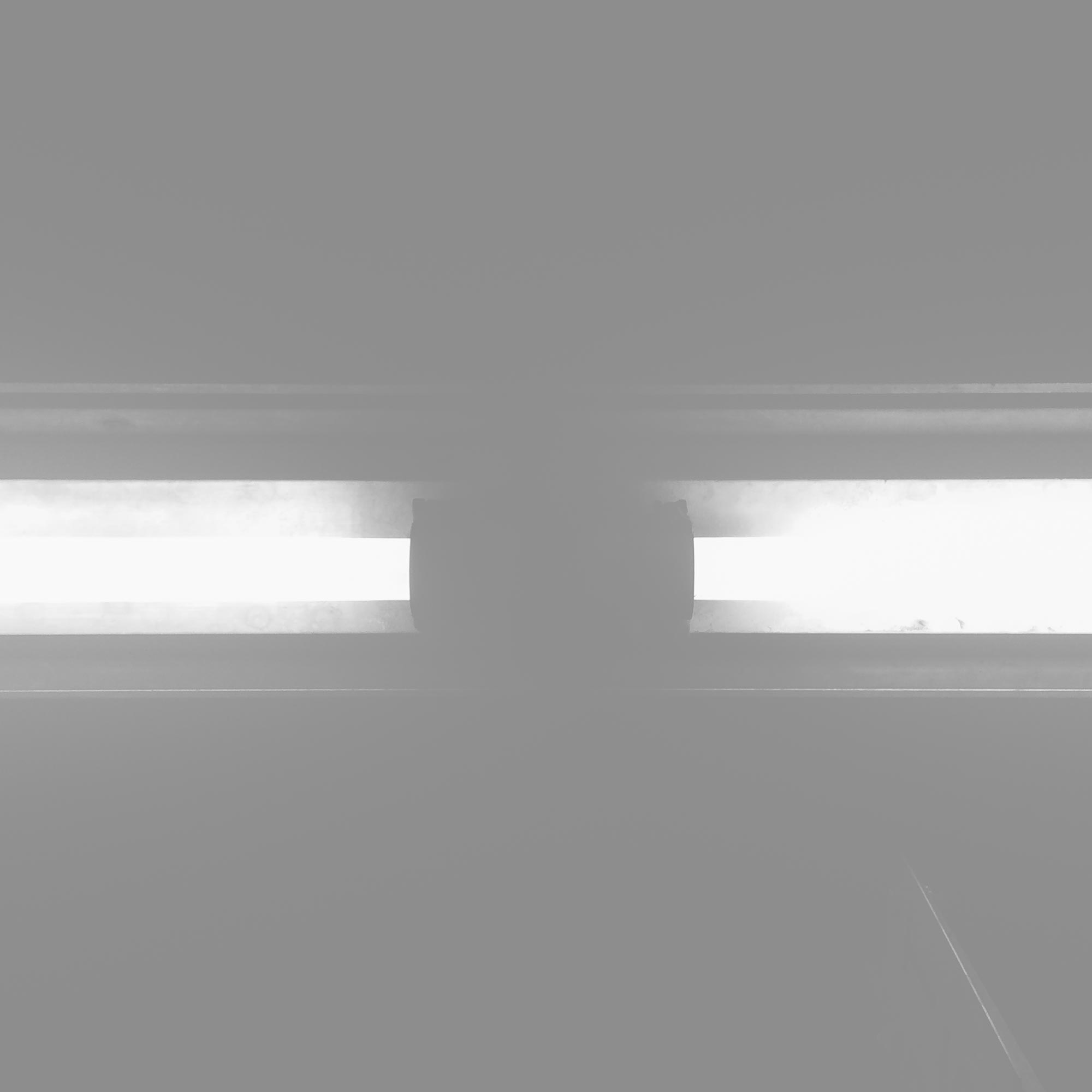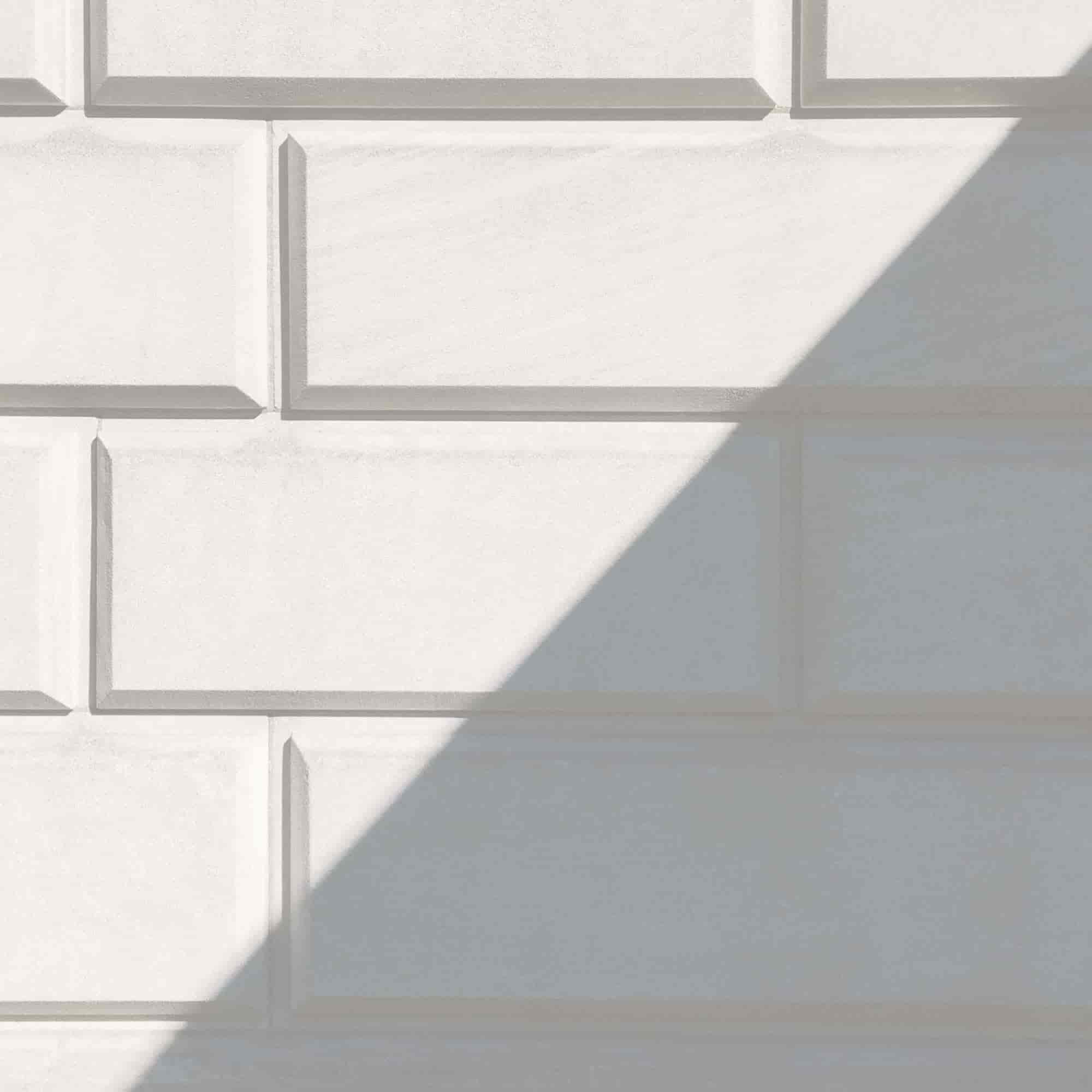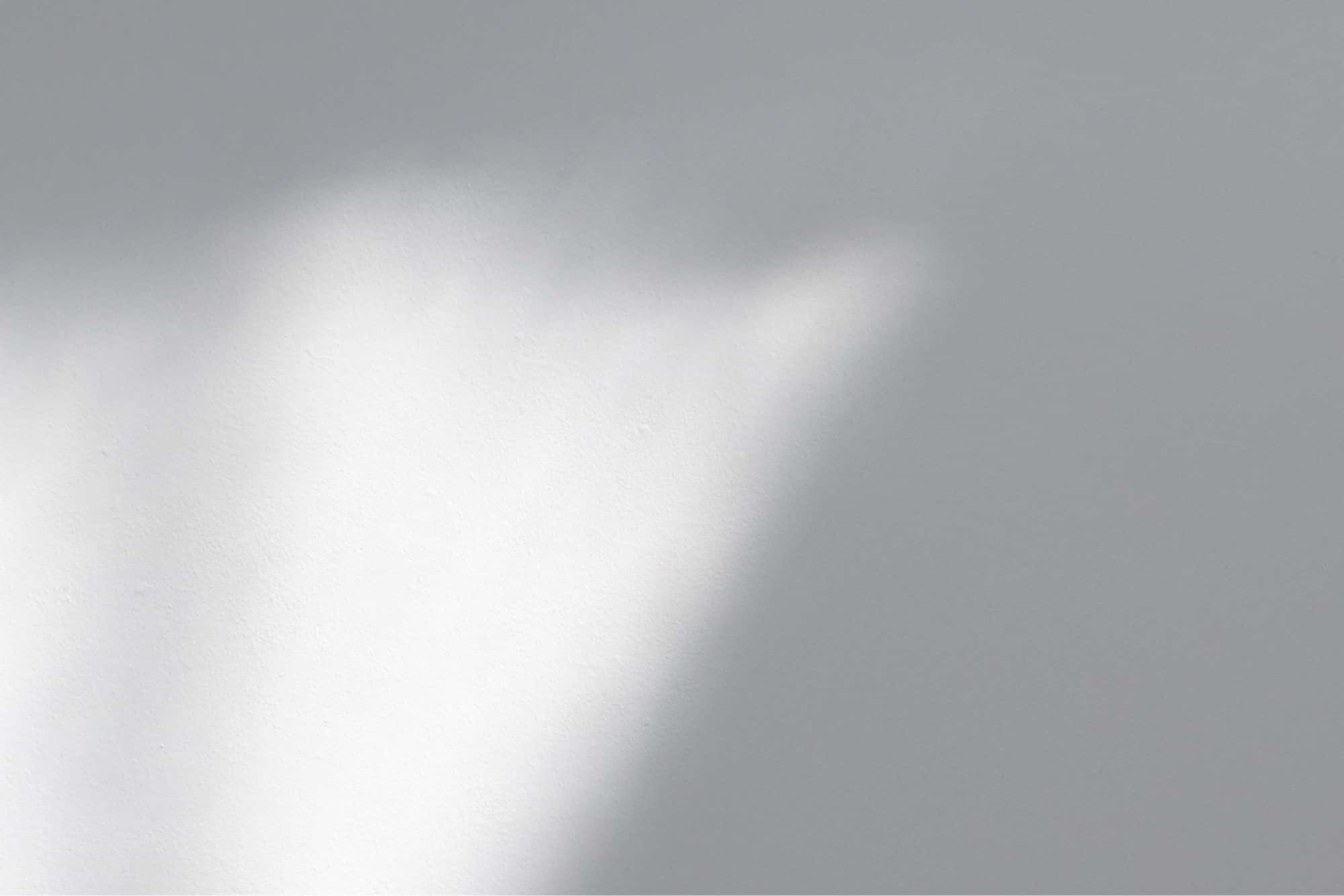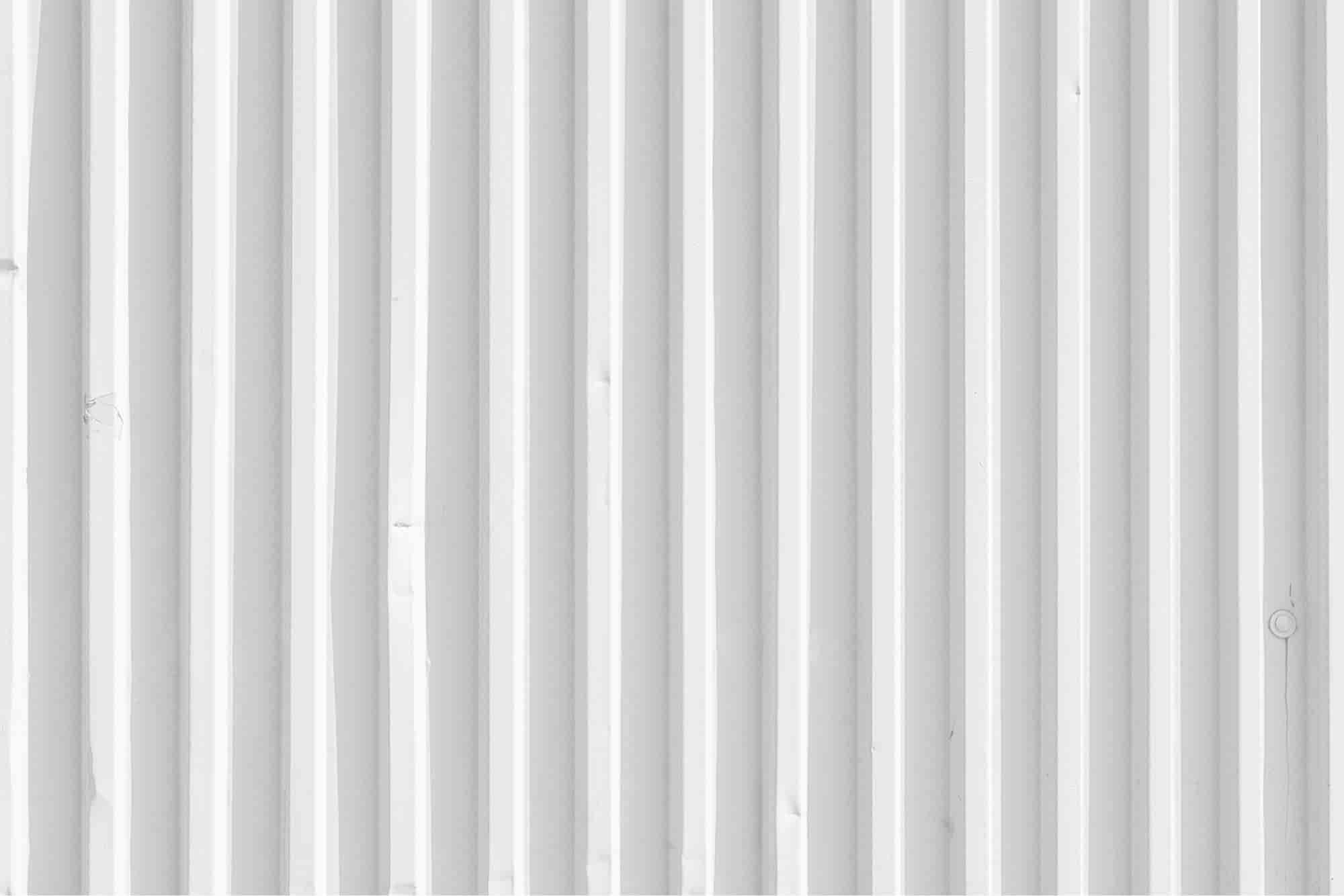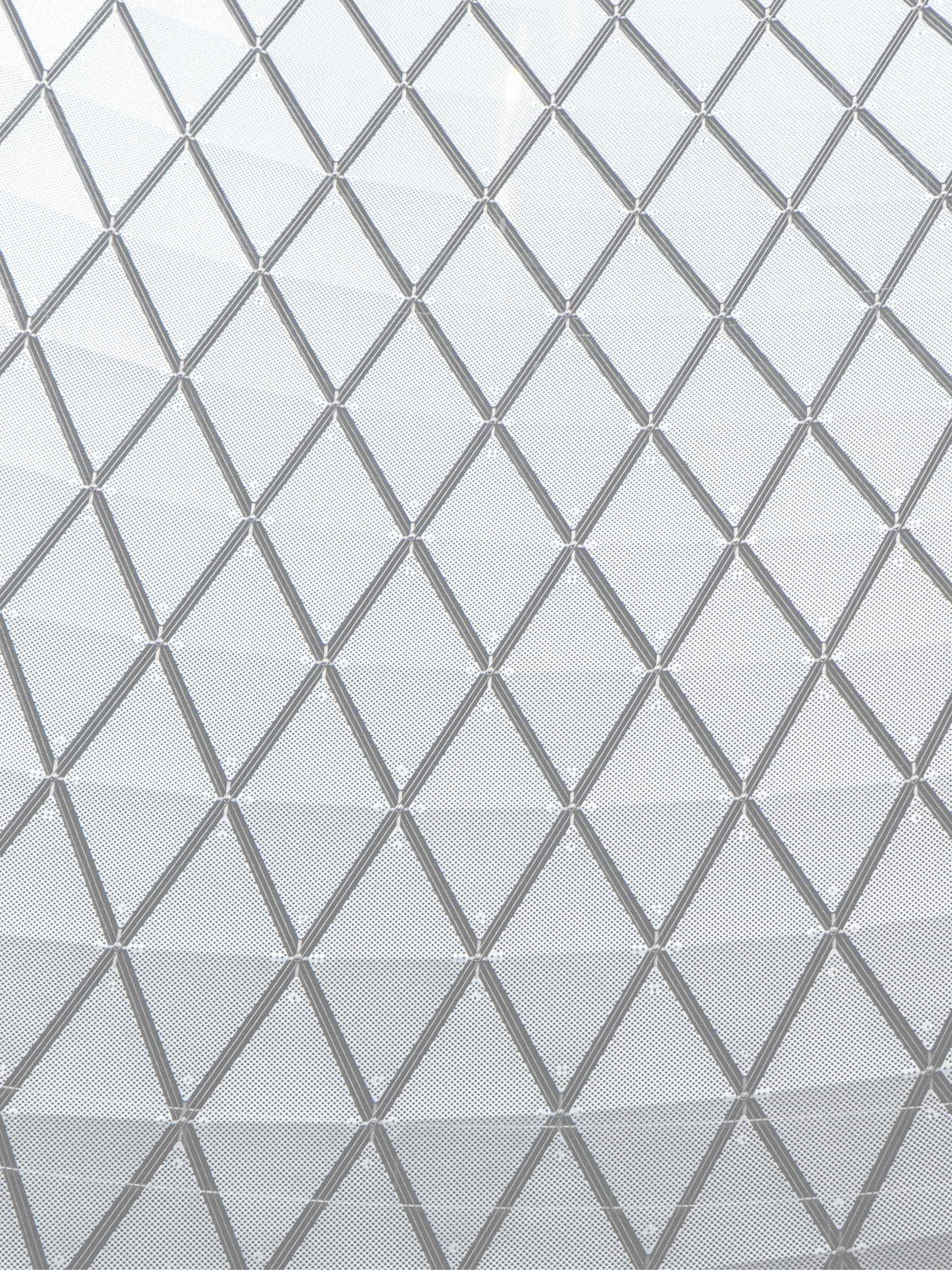The term "core strength" refers to much more than your abs in a bikini! Your powerhouse, or your core, is the center of your body which creates the foundation for all movement. Core exercises train the muscles in your pelvis, lower back, hips and abdomen to work together properly leading to improved balance and stability. Weak core muscles make our bodies vulnerable and susceptible to poor posture, back pain and muscle injuries. Strong core muscles make it easier for us to do everything from running, to transporting groceries, to bending down to tie our shoes.
For a dramatic improvement in your fitness level, start by strengthening your powerhouse!
Core Strength Tips:
- Strengthen your hip flexors - People often ask me how to target the "lower abs". Many core exercises that help target the low abs require strong hip flexors. Exercises such as lying leg lifts, V-ups, hanging leg lifts and full body crunches can be difficult and cause people to feel discouraged. But before you give up, keep in mind that your leg muscles are included in your hip flexors. As your total body gets stronger, those exercises will get easier.
- Strengthen your lower back - Too much flexion without extension is never good. Strengthen the back as well as the front for beautiful, confident posture.
- Mix high repetitions and low repetitions throughout the week - Treat your abdominals just like any other muscle (this may go against what you have been taught). Some people will do 250 crunches in a single session but only three sets of 10 leg presses. As a rule of thumb, if you are trying to build muscular endurance (lean muscle) go for more repetitions. But while you are just starting out, a lower number of reps with a heavier load can help you build the strength you need for improvement.
- Twist and stretch but protect your spine! Don't forget about exercises that require torso rotation (they target your obliques), but be sure to focus on engaging your abdominal muscles and letting your abs do the work rather than your hips or shoulders.
- Free weights - You can get so much more bang for your buck by using free weights as opposed to weight-stacked machines. Free weights and standing exercises such as walking lunges and standing shoulder press requires a lot of core stabilization, while the weight stacked machines take that away.
- Be safe - When starting to work on improving your core strength, make sure you begin safely. Talk to your doctor to see if you are ready to be active and find out what you can do that is safe for you and your body. Begin slowly and consult a certified fitness professional if you are unsure about how to train and build strength in your core.
